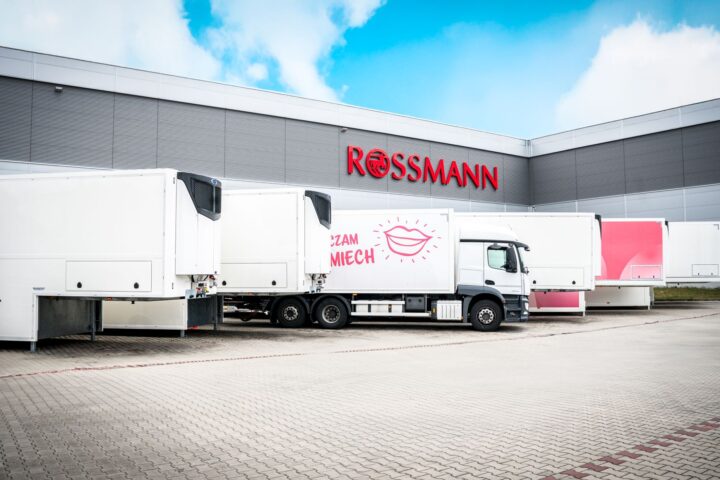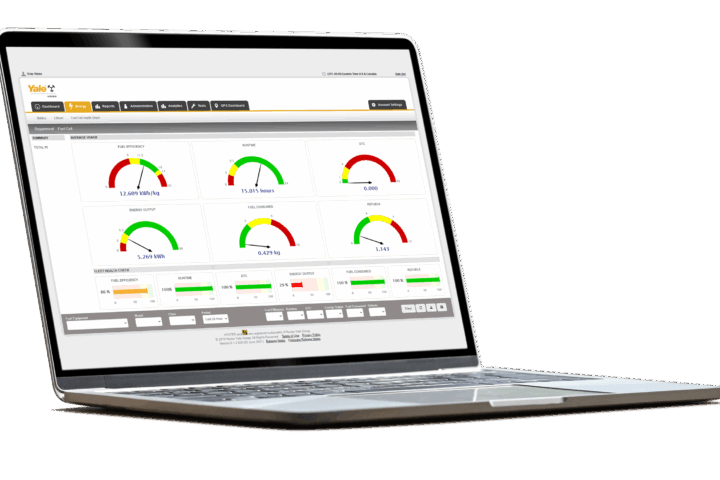The recent wave of tariff announcements has sent shockwaves through America’s small import businesses, creating unprecedented uncertainty in an already volatile global trade environment. These shockwaves continue with new tariffs being added (like the reciprocal tariffs), potential exclusions, and then delays. For now, this has left small businesses shocked…and confused. Fresh data from a comprehensive survey of some importers, mostly based in the US, who use the Freightos Marketplace for imports reveals the depth of concern and the tangible impacts these policy shifts are having on the ground.
The data below relies primarily on a survey conducted in the days before the 90 day freeze on tariffs across approximately 200 small business importers who are users of the Freightos Marketplace.
Measuring the Alarm
The numbers tell a compelling story.
Respondents rated their concern at an average of 8.9 out of 10, with 62% selecting the maximum level of 10. This extraordinary level of anxiety reflects not just the financial implications, but also the policy uncertainty—51% of importers admitted they couldn’t predict the administration’s next moves on tariffs.
This isn’t just emotion – the uncertainty has translated directly into operational decisions. One-third of respondents (33%) paused shipments entirely, while 29% are exploring alternative sourcing options outside of affected regions. But with so many swings and shifts, another 29% are in wait-and-see mode, hoping for clarification before making significant changes.
Quantifying the Import Impact
Importers believe the potential impact on freight volumes to be substantial, with 54% of importers anticipating “serious to significant” reductions in their import activity. As per Economics101, reduced demand is already doing its part This mirrors what we’re sreal-time ocean freight rates from Freightos Terminal, where container rates from China to Long Beach have dropped 16% since the reciprocal tariffs went into effect on April 9th.
Interestingly, while rates from China have declined, prices from Taiwan and Vietnam have remained elevated—likely reflecting importers’ rapid pivot to alternative sourcing markets.
Cash Flow Crunch
Cash flow is always top of mind for small business, especially importers who have to front payments for their cost of goods. Perhaps most concerning of the ramifications of the tariffs are the immediate liquidity challenges facing small businesses. One respondent added that he faced $46,000 in tariffs on a single container—a significant sum for a small business.
This business owner was not the only concerned about cash flow. As a matter of fact, multiple surveyed businesses were considering full market exits.
“If these tariffs remain in place, it will literally destroy my small business,” reported one respondent. “I cannot raise my prices enough and I cannot have my goods made in America at a reasonable price.”
Adaptive Strategies Emerging
Though the sentiment is primarily negative, some businesses are demonstrating adaptability. Creative solutions include redirecting inventory to holding warehouses, separating shipping costs from production costs on invoices to pass on costs to buyers, and accelerating shipments to beat deadline implementation.
A small minority (approximately 3%) even see opportunity in the chaos, positioning themselves as potential intermediaries between affected markets.
The Trade Landscape Ahead
The administration’s subsequent 90-day tariff freeze and electronics exemptions have provided temporary relief, but the underlying uncertainty remains. Additional proposed measures, including USTR port call fees targeting Chinese-made vessels, will likely be revised but still loom on the horizon as part of a comprehensive Maritime Action Plan requested by the president.
For air cargo, the May 3rd US de minimis cancellation for Chinese imports appears to be affecting e-commerce volume from platforms like Shein and Temu, though Freightos Air Index rates remain elevated at approximately $5.50/kg.
As one resilient importer noted, “Although we accelerated a few shipments before the stipulated timeline…the show must go on to combat with the market.”
For America’s small importers, that show now includes navigating unprecedented tariff complexity while fighting to maintain viable business models in an increasingly unpredictable trade environment.










